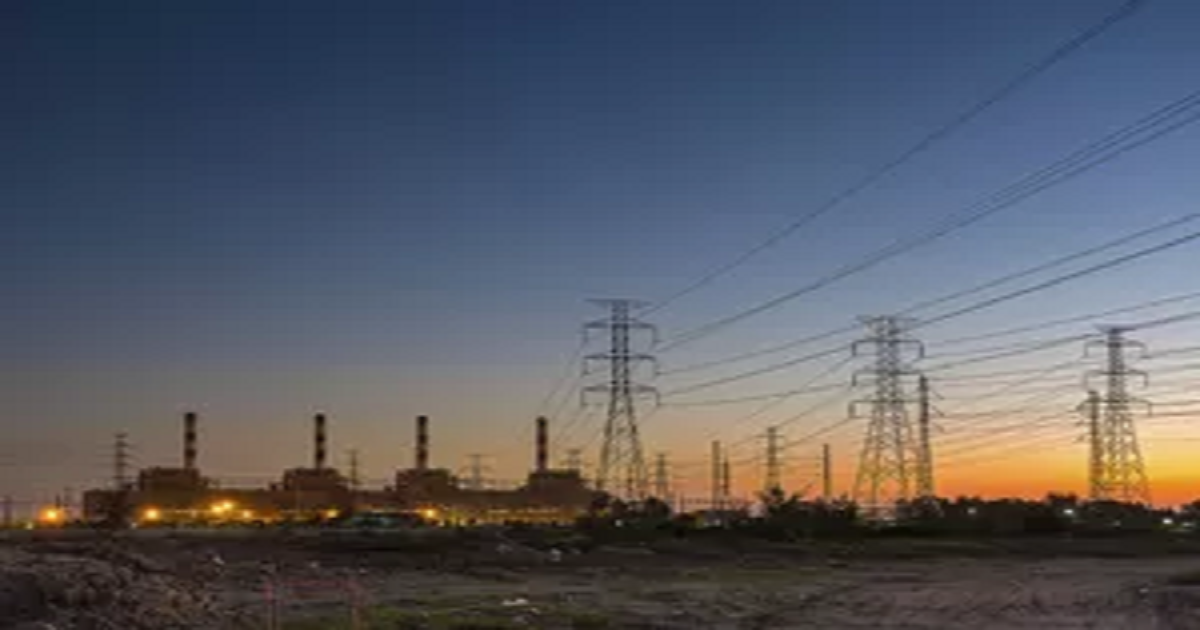Top Utilities Stocks of 2018
Investopedia | December 31, 2018

Companies providing services related to gas, electricity or water are generally referred to as utilities stocks. The utilities sector umbrella also encompasses businesses providing more general infrastructure services, and the sector has also more recently come to include alternative energy companies in some cases as well. Thus, businesses focused on developing or providing wind power, geothermal power, solar power and more are oftentimes also considered utilities companies. Utilities companies typically rely on massive infrastructure–things like pipe systems, power lines, and so forth–and, as a result, often carry significant debt. This makes them sensitive to changes in interest rates. In 2018, when the Federal Reserve increased the interest rate on four separate occasions, utilities faced external pressures such as those related to the payment of dividends. At the same, capacity growth across the sector has been increasing, and the high fixed cost associated with utilities companies has been a barrier to performance in the past as well. Further, most of 2018 was a period in which economic growth continued apace; if economic growth were to accelerate, the sector would likely suffer because it would appear to be less attractive to investors who no longer need to find a defensive investment.In spite of these pressures, though, the utilities sector has managed to outperform most other sectors overall over the course of 2018. In the last few weeks of the year, many of the sector's gains have been wiped out in broader stock market declines. Nonetheless, the services and products that utilities companies provide are generally viewed as necessary, even when the economy is struggling (these companies can pass along increases in the price of gas or coal to their consumers). The fact that utilities are seen as relatively safe bets in times of market turmoil has helped these companies to remain stable throughout 2018.